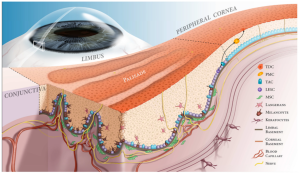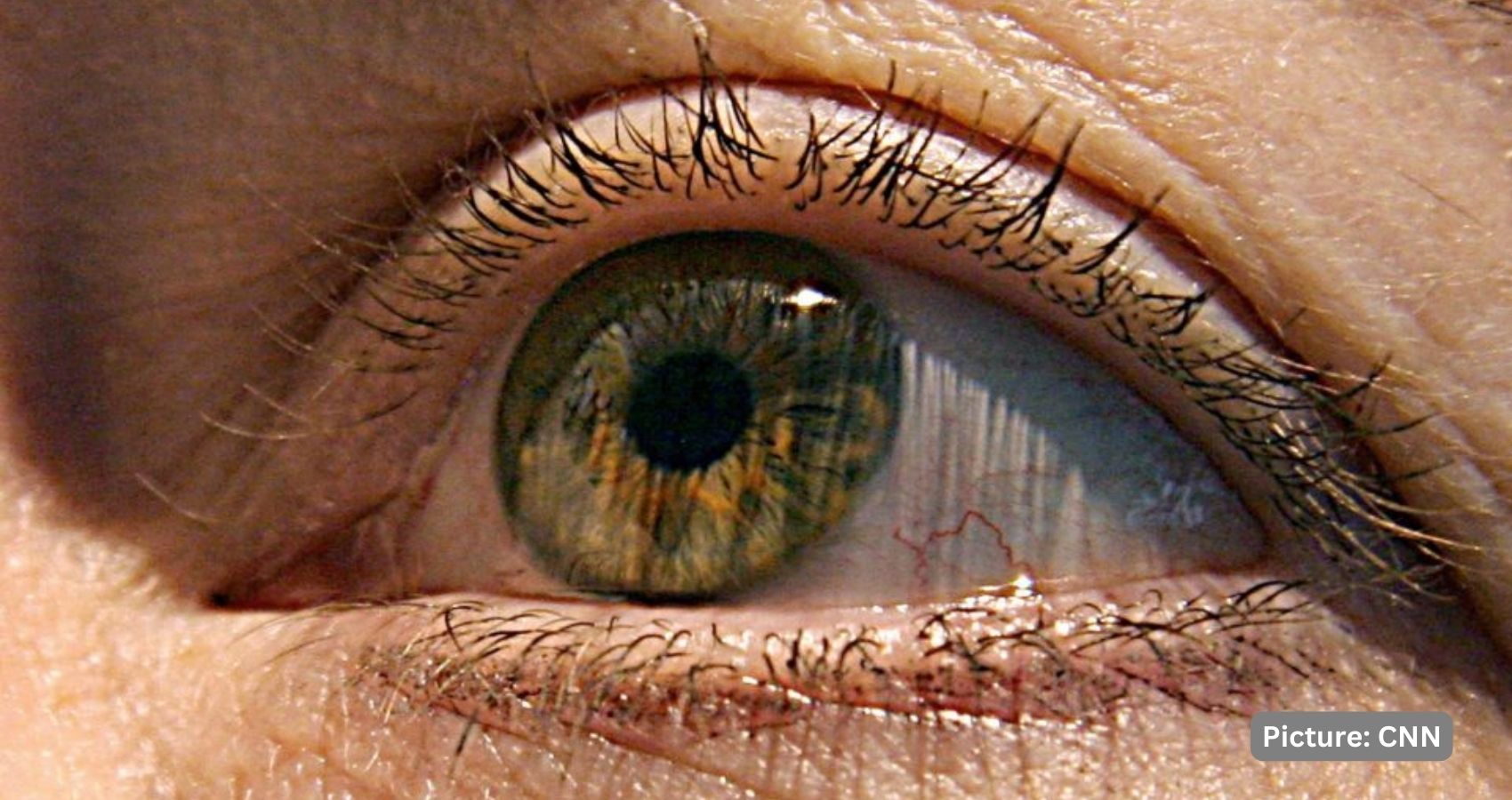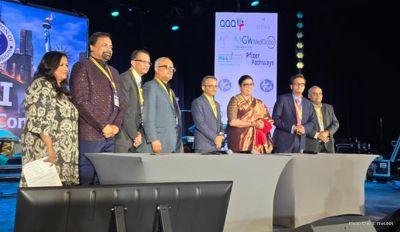During the summer of 2020, Nick Kharufeh experienced a life-altering accident that left him blind in his left eye. A malfunctioning firework struck him in the face during an Independence Day party in California. Kharufeh, who had aspirations of becoming a pilot, found his dreams shattered by the severe damage caused to his eye. Traditional treatments proved ineffective, and Kharufeh’s life took a drastic turn as he grappled with the loss of his vision.
However, a glimmer of hope emerged a few months later when Kharufeh’s mother stumbled upon a groundbreaking experimental trial being conducted in Boston. Researchers were developing a restorative technique tailored specifically for individuals like Kharufeh, who had sustained single-eye injuries that conventional treatments could not address adequately.
Conventionally, a cornea transplant can restore functionality and vision to a damaged eye. However, this method is only effective if the patient still possesses a healthy reserve of limbal stem cells around the cornea. These specialized adult cells maintain the clear surface layer of the eye, preventing it from becoming uneven, opaque, and painful. Unfortunately, Kharufeh’s situation had led to the growth of white tissue over his eye, causing it to painfully fuse with his eyelid following the accident.

Kharufeh’s journey led him to relocate from California to Boston in order to participate in the trial. Faced with bleak prospects from his doctors in California, he embraced the trial with the mindset that even though the worst outcome might be continued blindness, there was also a chance that his vision could be restored.
Fast forward three years from his accident, and Kharufeh’s story represents a beacon of hope. The initial findings of the trial, published on August 18 in Science Advances, showcased positive outcomes for him and several other trial participants.
In this revolutionary technique spearheaded by Dr. Ula Jurkunas, a corneal surgeon at Mass Eye and Ear, stem cells are extracted from a patient’s healthy eye through a minute biopsy. The collected sample is then divided into smaller fragments, and enzymes are employed to separate the stem cells from their underlying tissue. Over a span of approximately two weeks, these cells develop into a sheet, which is subsequently transplanted into the injured eye. This process effectively restores the natural functionality of the cornea.
The Science Advances paper highlights the successful vision improvements experienced by two patients following the stem cell transplant. Furthermore, two additional patients regained enough functionality to be eligible for cornea transplants.
The focus of the paper revolves around the first five participants of the trial. Notably, one participant did not witness success with the stem-cell harvesting and grafting technique. Kharufeh, having advanced to the subsequent phase of the trial, underwent the same procedure and will be included in forthcoming publications.
While various researchers globally have explored different avenues of using stem cells to restore vision, Dr.Jurkunas’ technique stands out. Though similar therapies have gained approval in Europe, and some doctors in the U.S. perform limbal stem cell transplants, these methods often involve larger biopsies that pose risks to the patient’s healthy eye or donor cells that could be rejected. Dr.Jurkunas’ trial represents an exciting milestone by demonstrating successful results using a small quantity of the patient’s own cells. Despite its promising outcomes, the approach remains experimental. Dr.Jurkunas and her team are refining the method and collaborating with U.S. regulators to design comprehensive studies. Ensuring the reproducibility of the technique in other surgical settings is also vital, a task that involves collaboration with colleagues from Dana-Farber Cancer Institute, Boston Children’s Hospital, and the JAEB Center for Health Research.
The paper’s described procedure caters to a specific group of patients: those who retain one healthy eye from which stem cells can be harvested, yet possess an injury severe enough to preclude a cornea transplant. Approximately 1,000 individuals in the U.S. fit this description annually. Dr.Jurkunas, however, sees this approach as a stepping stone toward the development of future cell-based therapies.
The procedure has already been huge for Kharufeh, whose left-eye vision is now blurry but functional, with the potential for even more dramatic improvement with further corrective surgery. “I can completely navigate my apartment or walk across the street with just my bad eye now,” he says.
Kharufeh has put aside his dream of becoming a pilot, but with his eyesight improving and fewer follow-up appointments required at the hospital, he’s even thinking of going back to school to get his master’s degree in marketing.“It’s so cool,” he says, “to see out of my left eye.”
The innovative stem cell technique pioneered by Dr. Ula Jurkunas holds great promise for restoring vision in cases of single-eye injuries that defy traditional treatments. With early positive results showcased in the Science Advances paper, this breakthrough offers hope to individuals like Nick Kharufeh, who can now envision a future with restored vision and renewed possibilities.











